Discover how swimmers can use targeted supplements and smart lifestyle habits to maintain performance, joint health, and vitality as they age — with clear progress checks every step of the way.
Swimming is one of the most joint-friendly and full-body exercises, making it ideal for lifelong fitness. However, even dedicated swimmers face age-related challenges such as reduced muscle mass, slower recovery, joint stiffness, and declining energy levels. While technique and training consistency matter, what you fuel your body with becomes increasingly critical as you age.
This guide provides actionable steps — including evidence-based supplements and measurable progress checks — to help swimmers maintain strength, endurance, and joint health well into their later years.
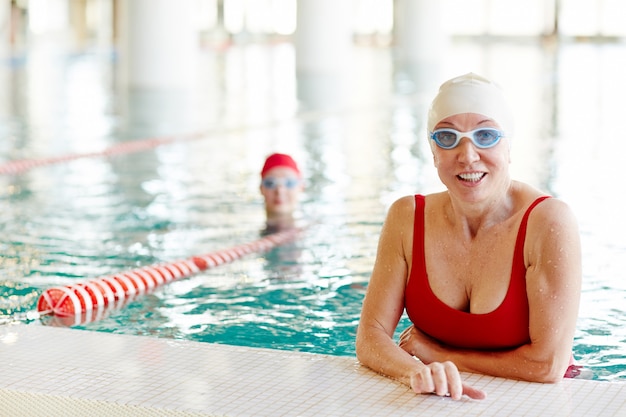
While no supplement replaces a balanced diet and consistent training, certain nutrients can bridge the gap as your body’s needs change.
Support joint health, reduce inflammation, and promote cardiovascular function. Ideal for swimmers dealing with shoulder discomfort or post-workout stiffness.
Dosage: 1,000–2,000 mg combined EPA/DHA daily.
Progress Check: Track joint comfort weekly on a scale of 1–10. Aim for improvement within 6–8 weeks.
Vitamin D supports immune function, bone strength, and muscle performance. K2 ensures calcium is directed to bones, not arteries. Many adults, especially in northern climates, are deficient.
Dosage: 1,000–2,000 IU D3 with 100 mcg K2 daily, preferably with a fat-containing meal.
Progress Check: Request a blood test after 3 months to assess vitamin D levels (target: 30–50 ng/mL).
Supports connective tissue, tendons, and cartilage. Particularly beneficial for swimmers with chronic shoulder or knee issues.
Dosage: 10–15 grams daily, ideally taken with vitamin C (e.g., orange juice) to enhance absorption.
Progress Check: Monitor joint pain and range of motion monthly. Look for reduced discomfort during overhead strokes.
Supports muscle relaxation, sleep quality, and electrolyte balance. Many swimmers lose magnesium through sweat.
Dosage: 200–400 mg daily, preferably in the evening (forms like glycinate or citrate are well-absorbed).
Progress Check: Track sleep quality and muscle cramping frequency weekly.
Helps maintain muscle mass and supports recovery. Older adults need more protein per kilogram of body weight than younger individuals.
Dosage: 20–30 grams per meal, including post-swim. Total daily intake: 1.2–1.6 g/kg body weight.
Progress Check: Measure strength (e.g., pull-up count or resistance training load) monthly.
Supplements are only one piece of the puzzle. Combine them with these proven strategies:
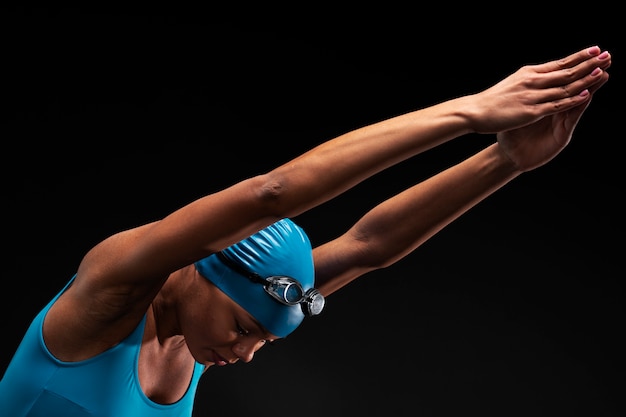
Create a simple log to monitor your progress. Track these metrics monthly:
Adjust supplements or training based on trends. Consistency over time yields the best results.
Aging doesn’t mean slowing down — it means adapting. For swimmers, combining intelligent training with targeted nutrition and supplements can lead to stronger, more resilient bodies at any age. Start with one or two supplements, track your progress, and build sustainable habits that support lifelong performance in the water.

Fitness

Fitness

Fitness

Fitness

Fitness

Wellness
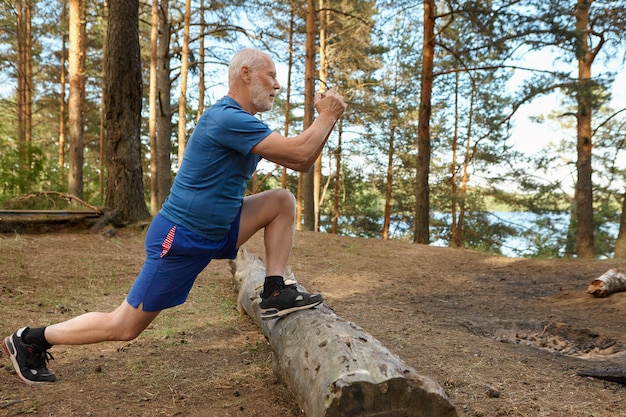
Fitness
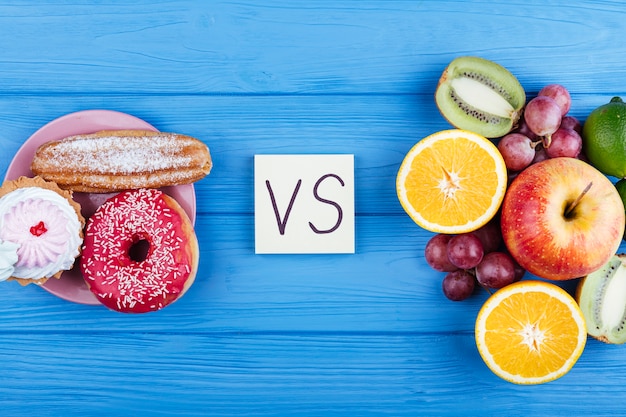
Health
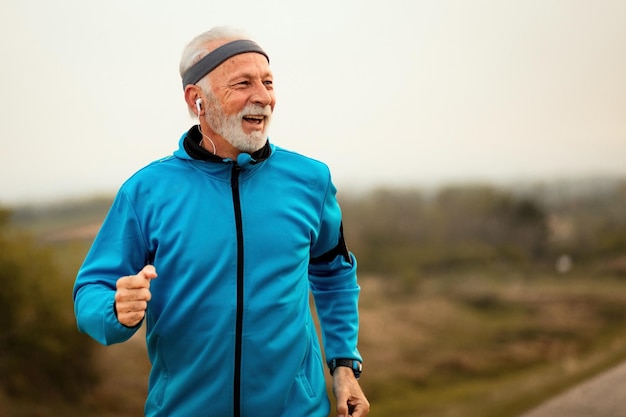
Fitness
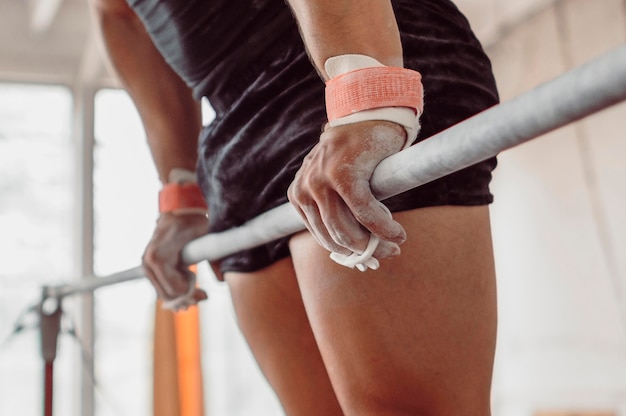
Fitness

Fitness
Wellness

Health

Fitness

Health

Health